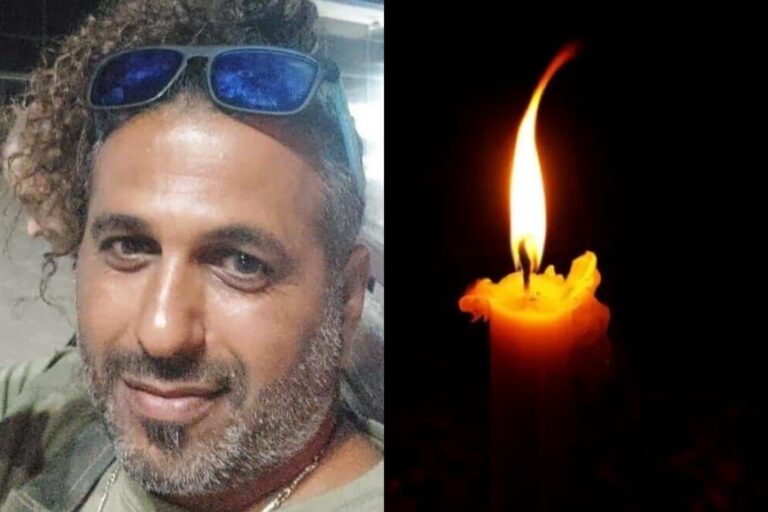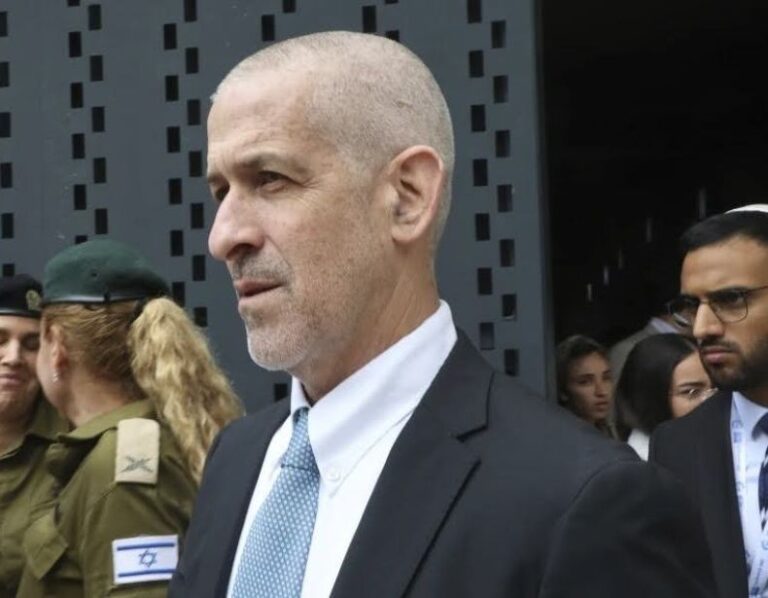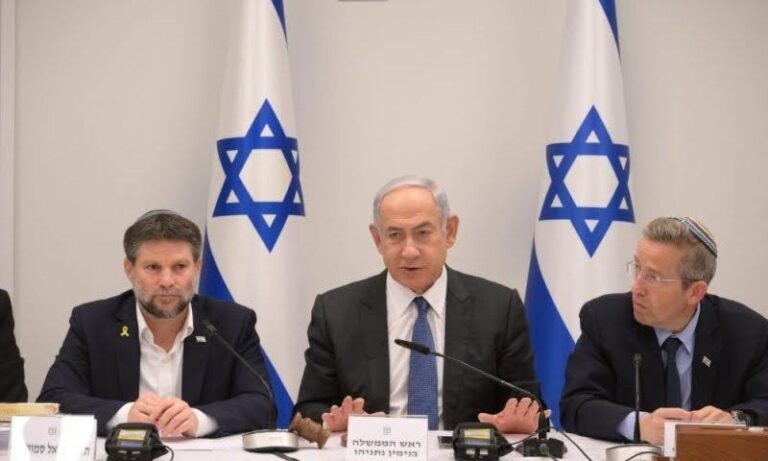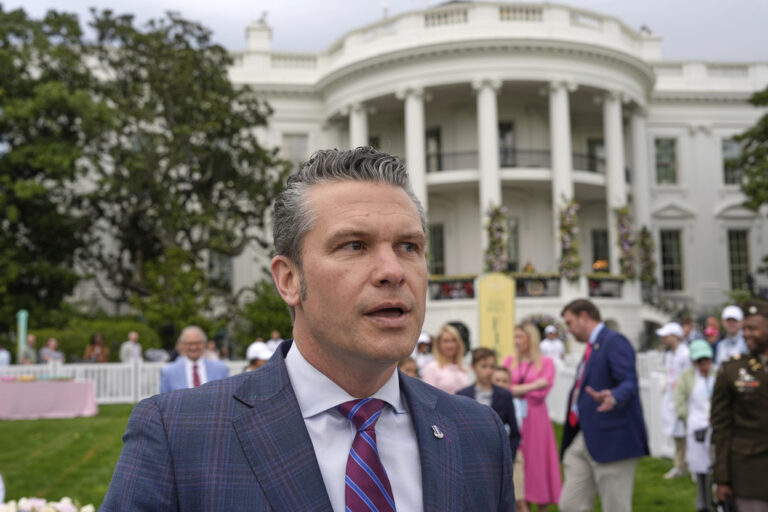The massacre of October 7th, 2023, will be remembered as the day Iran’s grand strategy began to crumble before the world’s eyes. When Hamas launched its barbaric assault on innocent Israeli civilians, it was acting at the behest—or at least with the tacit encouragement—of the Iranian regime. Tehran believed that a decisive terror attack would pressure Israel, rally sympathizers across the Middle East, and reaffirm Iran’s stature as the region’s puppet master. Instead, the opposite occurred: what was meant to show Iranian strength and influence exposed its vulnerabilities and set off a chain reaction that left Iran’s proxies shattered and Iran’s regime imperiled.
Hamas, long considered Iran’s frontline force against Israel, was the first domino to fall. Israel’s swift and overwhelming retaliation not only decimated Hamas’s infrastructure, it also peeled back the veneer of strength that Iran had painstakingly cultivated. No longer was Hamas the spearhead of Iranian influence in the Levant; it had become a cautionary tale of overreach and poor calculation.
Hot on Hamas’s heels came the dismantling of Hezbollah’s position in Lebanon. Once regarded as a mighty Iranian asset boasting sophisticated missile stockpiles and entrenched political sway, Hezbollah’s attempt to open another front against Israel ended in disaster. Israeli strikes and international pressure starved the group of its critical resources, leaving it limping, leaderless, and devoid of the capabilities that had once made it formidable. In a matter of weeks, Hezbollah, like Hamas, had been rendered virtually irrelevant.
The cascading failure has now extended to Syria. For years, Iran had propped up Bashar al-Assad’s regime, aiming to maintain a corridor of influence stretching from Tehran through Baghdad to Damascus and Beirut. But the fallout from the October 7th massacre, combined with emboldened opposition forces and shifting international alliances, has led to the toppling of Syria’s pro-Iran government. Tehran’s dream of a contiguous sphere of influence has been essentially reduced to rubble.
Iran’s strategic edge depended on two critical elements: a robust missile defense system and a covert, ever-advancing nuclear program. Both took crippling blows in the months following the October 7th attack.
Key Iranian missile defense installations, once thought impregnable, were destroyed in precise strikes. Simultaneously, international intelligence cooperation—galvanized by Iran’s reckless gamble—exposed and dismantled a secret nuclear research site. In the blink of an eye, Tehran’s decades of painstaking nuclear progress and its intimidating missile arsenal were undone, laying bare the regime’s strategic vulnerabilities and diminishing its capacity for coercion.
While the Biden-Harris administration had explored diplomatic avenues and maintained a careful balancing act in the Middle East, the October 7th massacre upended Washington’s calculus. Some supporters and advocates who once championed engagement with Iran retreated, rendered speechless by the barbarity carried out by Iran’s proxies. The ascendance of Donald Trump—whose return to the White House comrd with a promise of “maximum pressure” on Tehran—might just seal the fate of the Ayatollah’s regime.
Gone are the lingering diplomatic backchannels championed by the Obama era. Instead, a revitalized American foreign policy, supported by a bipartisan outcry against terror, is snapping shut the final safety net that Iran’s rulers had counted on. Sanctions will tighten, covert operations will intensify, and the Iranian economy, already battered by mismanagement and corruption, is teetering on the edge.
If there was ever a moment when the Iranian regime might have rallied its people behind a narrative of resistance, it would have been now. But the opposite happened. Iranians, facing severe economic hardship, rampant inflation, and widespread unemployment, find themselves with fewer reasons than ever to believe in the regime’s promises. As the regime’s proxies collapsed abroad, their own citizens should take to the streets, demanding accountability for decades of squandered resources, repression, and fruitless ideological adventurism.
What are now whispers of discontent should grow into a roar. Iranian citizens can see that their leaders have gambled their future on a strategic miscalculation of immense proportions. Iranian officials—once smug, now desperate—watch as their legitimacy erodes alongside their proxy networks. The regime has lost Hamas, lost Hezbollah, lost Syria, lost key missile defenses, lost a nuclear research site, lost the leniency of the Obama-Biden-Kamala era, and now, with Trump back in power, faces renewed American resolve that it can no longer outmaneuver.
Joseph Schwartzberg – Geopolitical and military analyst
The views reflected in this letter do not necessarily represent those of YWN. Have an opinion you would like to share? Send it to us for review.
(YWN World Headquarters – NYC)












5 Responses
Joseph Schwartzberg, thanks.
However, all reports show Iran was not supportive of Yihye Sinwar’s timing, and kept pushing him off. The original plan was to do it jointly with Hezbollah, But ב”ה it was Sinwar who grew impatient and did it on his own hoping to cause Hezbollah to quickly join. Iran DESPIZES Hamas, and just used them against Israel. – מלחמות אני עשיתי
Where is HKBH is this article???
So much bragging and כוחי ועוצם ידי is pure gayva and a recipe for disaster. Certainly not appropriate for a Yiddishe website. It’s all Hashems plan
Also it is wishful thinking to hope or brag that Hamas ans Hezbollah are decimated. They are like a Hydra. Syrian opposition was thought to be decimated and look what happened.
The savages refused to exonerate the innocent Jew who defended himself against the pereh adam and his buddies who attacked him. Like in Sedom, after they killed that girl by a million bee stings because of her feeding a poor man, who knows if this is what sealed that regime’s fate in Heaven?